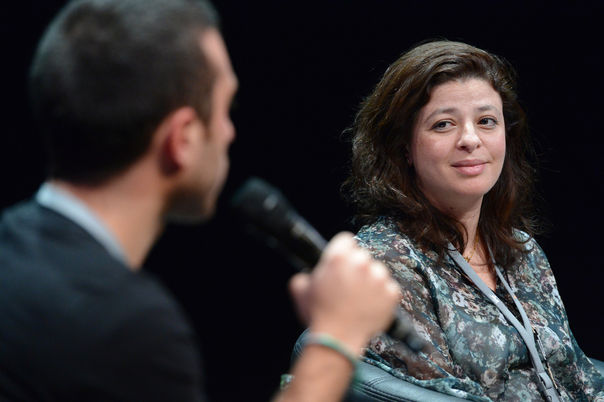Another Type of Arab Uprising
By Oris Aigbokhaevbolo

Over the past few years, sounds from Middle Eastern countries have been those of violent protestations. Against government, against injustice and for freedom, those sounds have both enriched Arab filmmakers as well as eclipsed their efforts.
For distributors working in the region and in art-house fare, the problem is two-fold: establishing a space for alternative cinema as well as drawing audiences to see these films. Addressing these issues was the panel “Crossroads to Culture: Cinema(s) in the Arab World“, with speakers Hania Mroué and Irit Neidhardt, distributors from the region; and Youssef El Shazli, who runs an art-house cinema.
“The idea was to create a platform for these films,” said El Shazli. “We've tried to create commercial value for these films.” His cinema makes use of a space abutting the emergency exit of an existing blockbuster cinema. Local attention has had to be directed from popular films to these less attractive films made occasionally by local directors. To that end, partnerships between Egyptian blogs, radio and television have been erected. “They show our stuff, we show their stuff.”
Art-house cinemas rarely draw audiences as much as mainstream ones. Thus festivals remain a surer route to reaching an audience. And cultural specific films can be a hard sell on the European festival circuit. “I don't believe film is an international language,” said Mroué.
The panellists agreed that the Arab uprising has increased, for those listening, the attention on the region. Arab cinema has used the opportunity, but perhaps not well enough. Even as attention has increased, the distributors noted that festivals have a limit. Pegging the successful films at a rate of three a year, Mroué noted that, there are “too few festivals to have an international buzz”. “You have to open the channels,” Mroué said in response to how she attracts festival programmers. “Then it is a gamble. I don't do skiing or deep-sea rafting. I distribute.”

